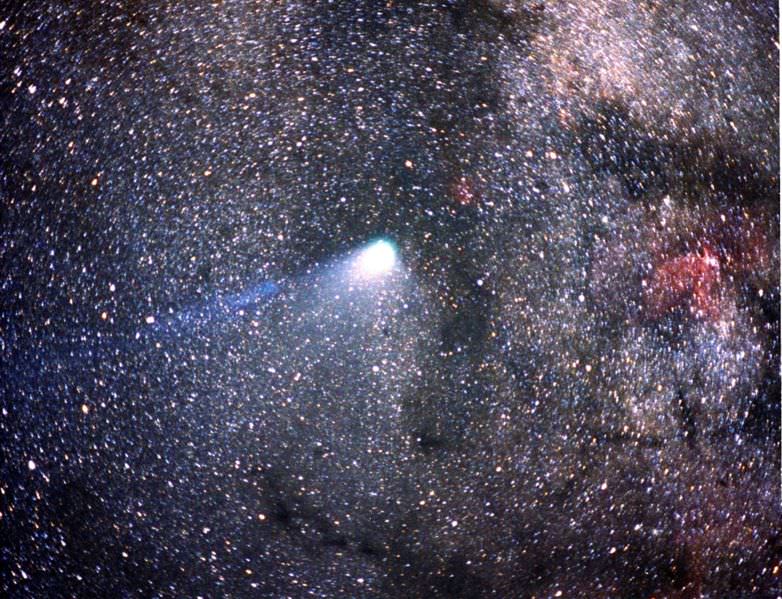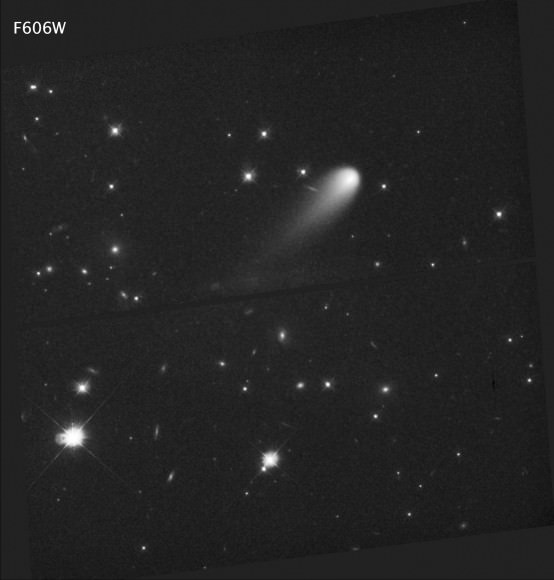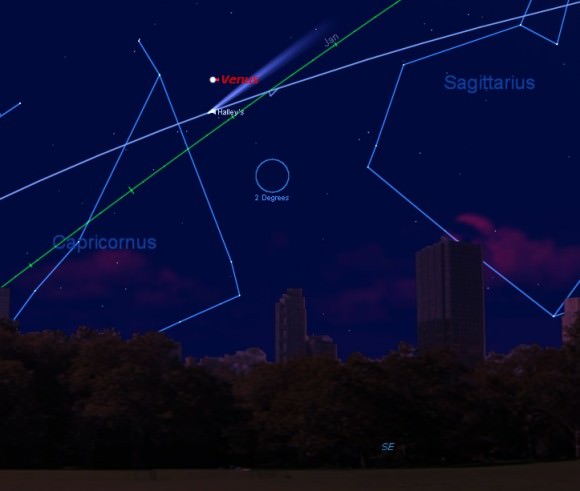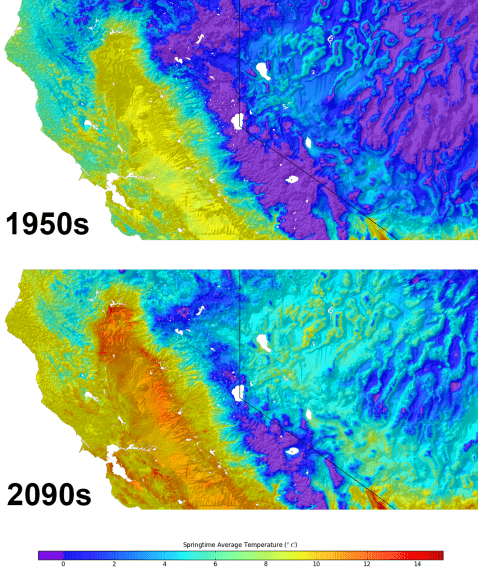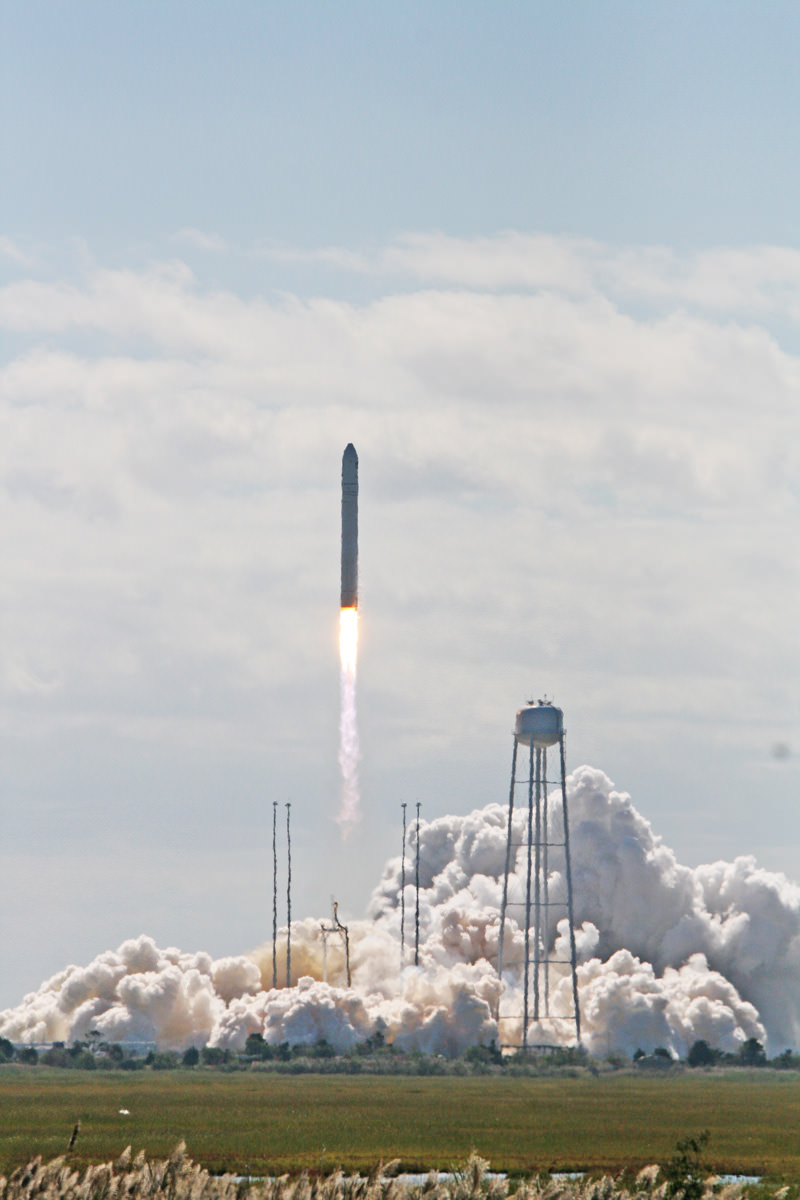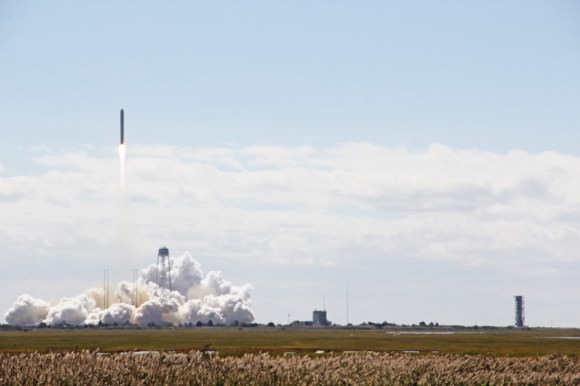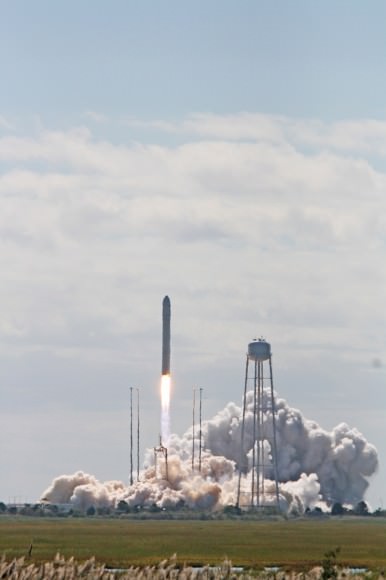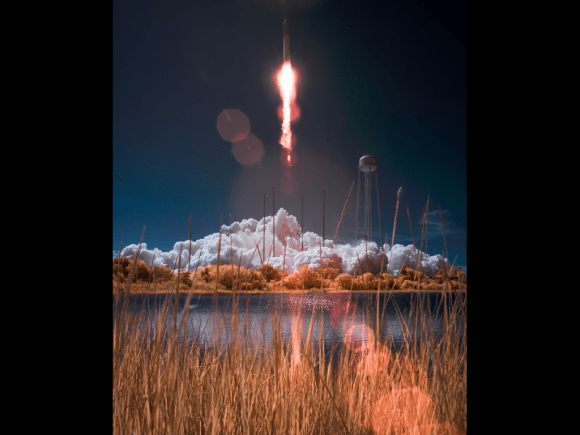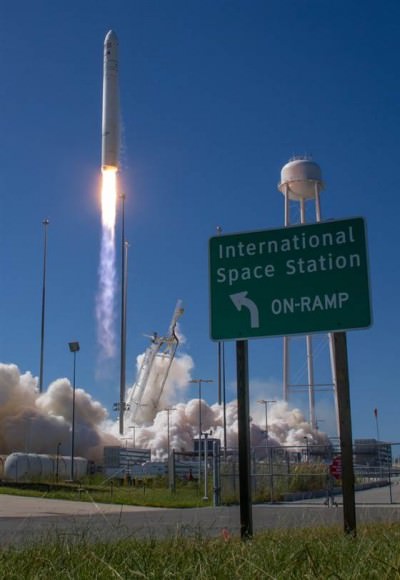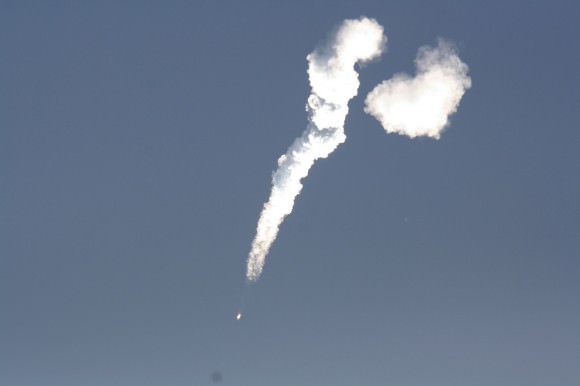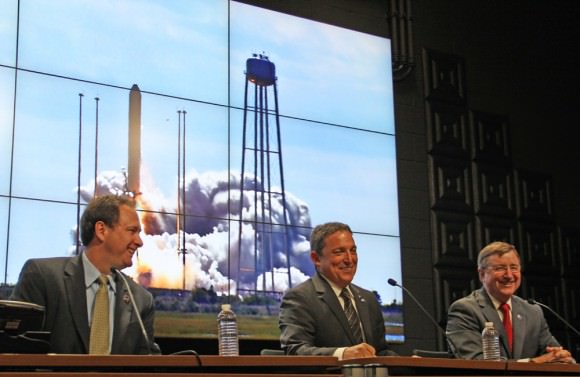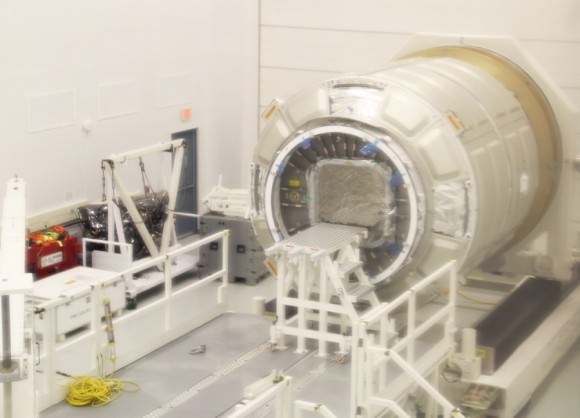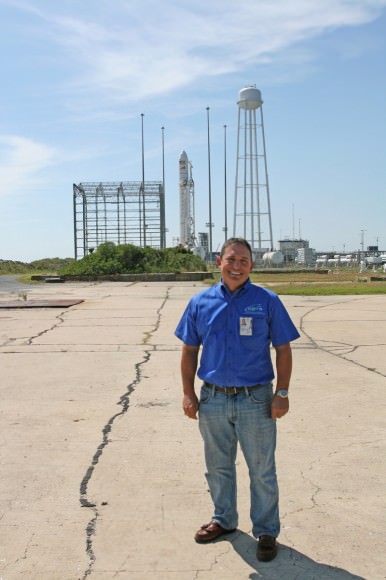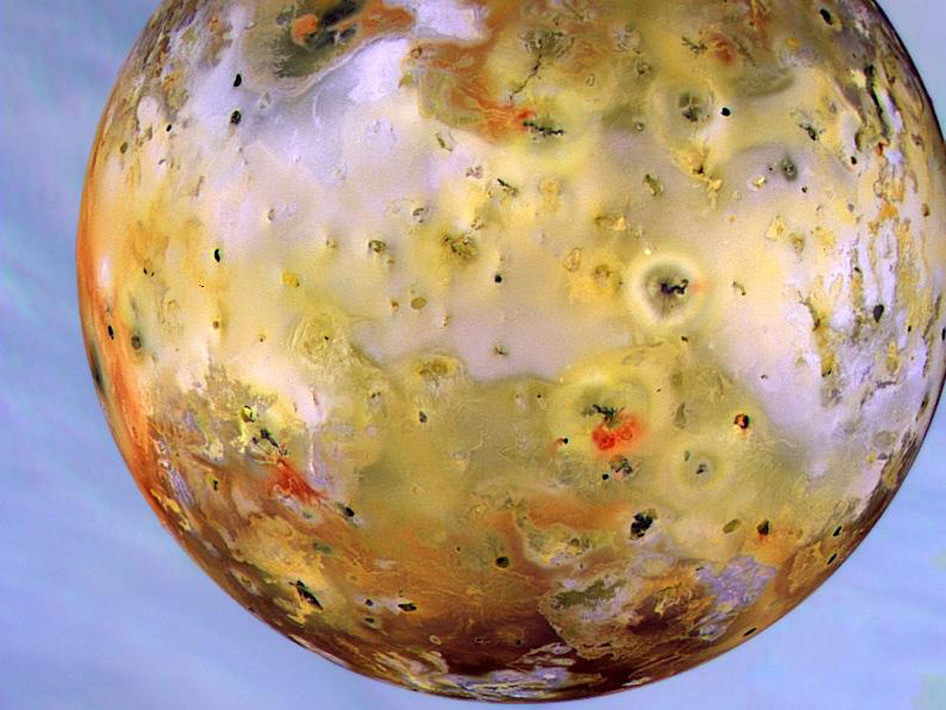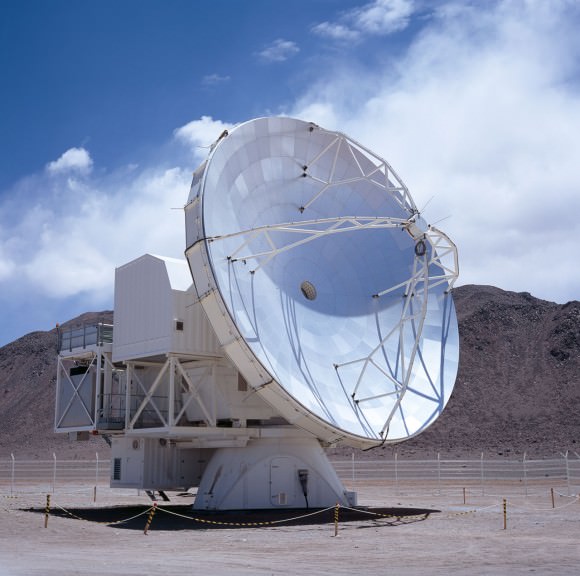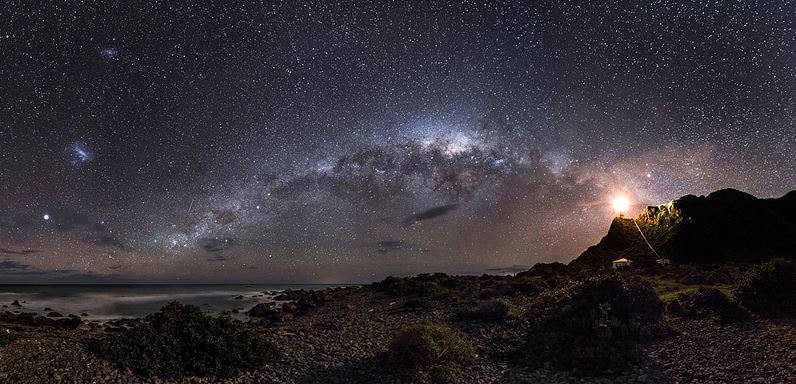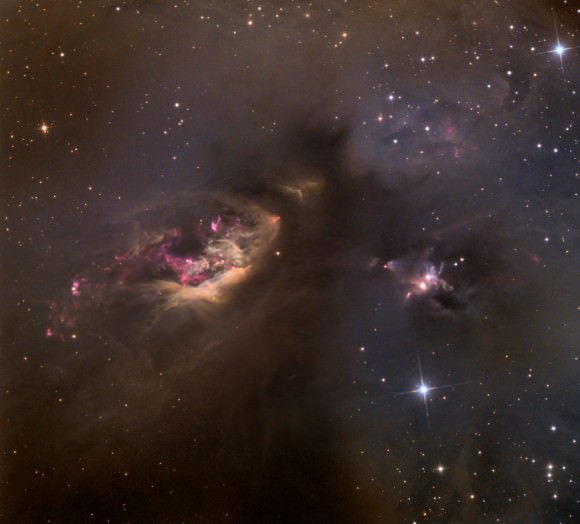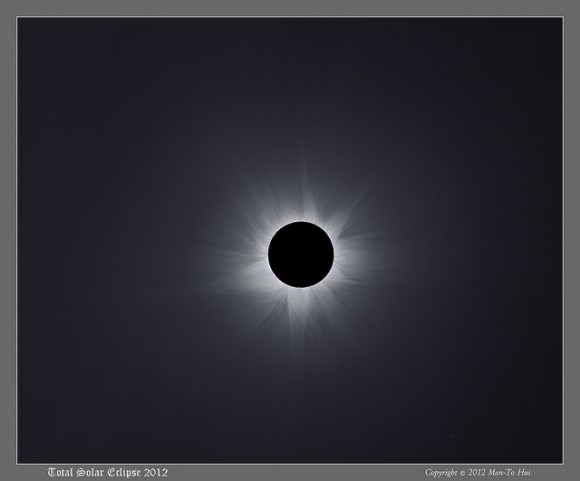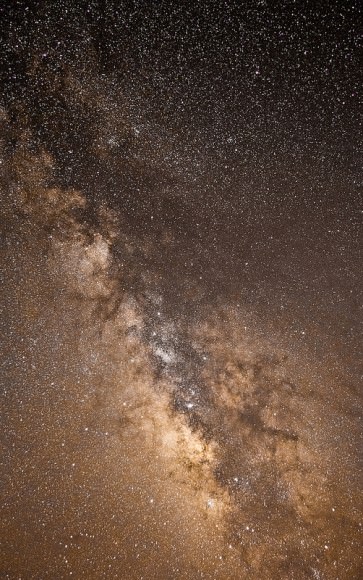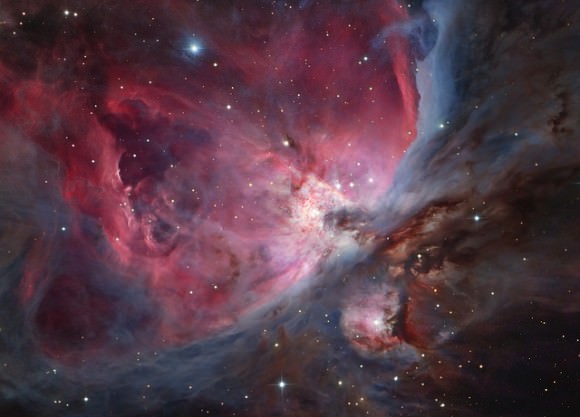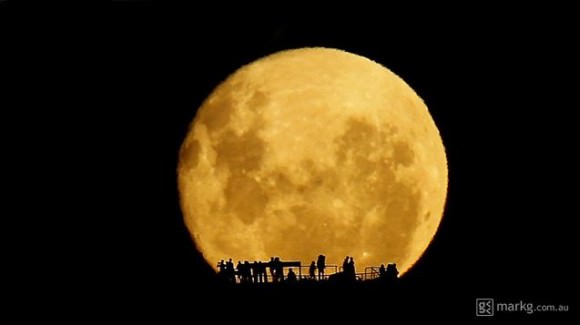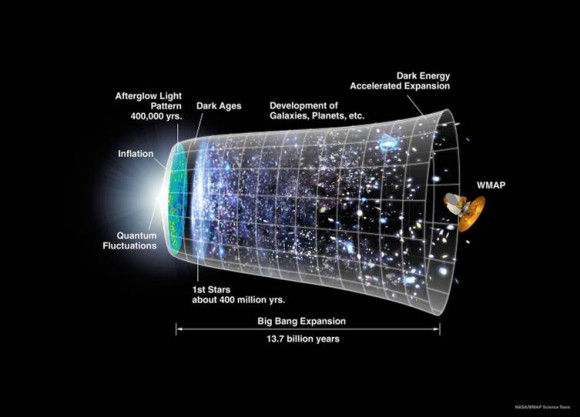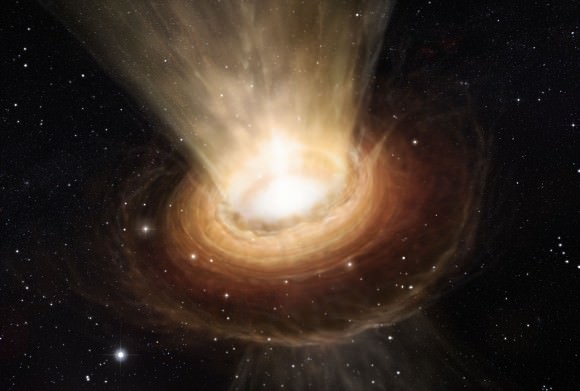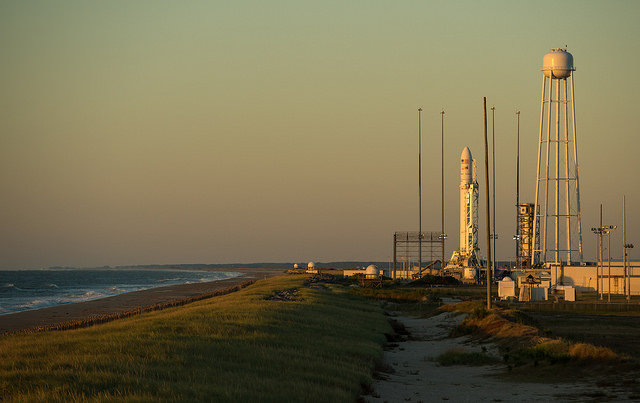As long as humans survive, we will likely be increasing our energy consumption. We want better transportation, faster computers, and stuff we just can’t imagine yet.
That’s going to take energy, and lots of it.
If you plot our overall use since the industrial era, you can see it’s a line that just goes up and up. There will come a time in the future when we’ve exhausted all the fossil and nuclear fuels. And once we’ve harvested as much wind, solar and geothermal energy as our planet can produce, we’re going to need to move out into space and collect energy directly from the Sun.
We will construct larger and larger solar arrays, beaming the energy back to Earth. Inevitably, we’ll enclose the entire Sun in a cloud of solar satellites, allowing us to make use of 100% of the radiation it’s emitting.
This is a Dyson sphere.
The concept was developed as part of a research paper in 1960 by the physicist Freeman Dyson. In a thought experiment, he assumed that the power needs for civilizations never stops increasing.

Sounds great, lots of living space and free energy. But there are a host of problems.
There wouldn’t be any gravity to keep anything stuck to the surface of sphere – it would all drop down towards the star and be destroyed. The sphere would be free floating in space, and unless you could keep it balanced in relation to the star, it would eventually collide with it.
Finally, there might not be enough material to build a shell. This advanced civilization would need to make use of all our planets, asteroids and comets. In fact, even if you dismantled everything in the Solar System, you’d only have enough to build a shell about 15 cm-thick.
The physical strength of this material would have to be immense; otherwise the sphere itself would just implode and collapse into the star.
Dyson himself freely admitted that the idea of a rigid shell surrounding a star is unfeasible. Instead, he and others have proposed that civilizations would probably build a dense swarm of objects on independent orbits around their star – a Dyson cloud, or maybe a Dyson ring.
Each solar satellite would be stable on its own, and capable of beaming its energy back to some planet.
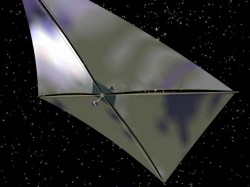
A full Dyson Sphere is probably impossible, but if we assume that alien civilization’s energy needs will continue to grow like ours, it makes sense to search the galaxy for megastructures. Just in case.
Even though the shell would absorb the light and high energy radiation from the star, it would still emit infrared radiation which would be detectable in our telescopes. Even a partial Dyson cloud would give off a telltale light signature as it obscured the light from a star.
This gives us yet another way we could search for extraterrestrial civilizations. And if we did find a full Dyson sphere, out there in the Milky Way. Well, let’s just hope they’re nice aliens.
Update: And as it turns out, we may be closer to finding one that previously thought. Using data obtained by the Kepler probe, a group of planet hunters associated with the Planet Hunters project recently observed light fluctuations coming from KIC 8462852. This F-type main-sequence star, located in the constellation Cygnus, is approximately 1,480 light years (454 parsecs) from Earth.
In their paper, submitted to arXiv, the team offered possible explanations for the light fluctuations, most of which are admittedly problematic. Using high-resolution spectroscopy, spectral energy distribution fitting, and Fourier analyses of the Kepler light curve, they conclude that the most likely scenario is the passage of a family of exocomet fragments.
Another possible explanation that has been ventured is that the light fluctuations could be caused by the presence of mega-structures, which would indicate the presence of sentient extra-terrestrial life. The SETI institute has since conducted radio reconnaissance of KIC 8462852, and their initial findings provided no indications of technology associated with radio signals.
Still, the mere possibility that this could be the first-ever indication of a possible Dyson Sphere in our galaxy is exciting, and has triggered a great deal of speculation and excitement. Stay tuned for more information as it becomes available.


